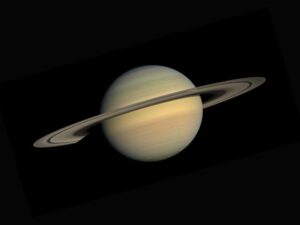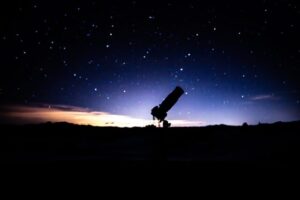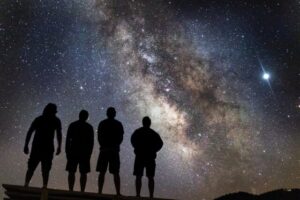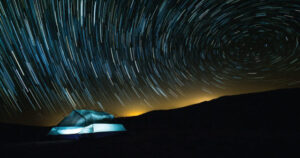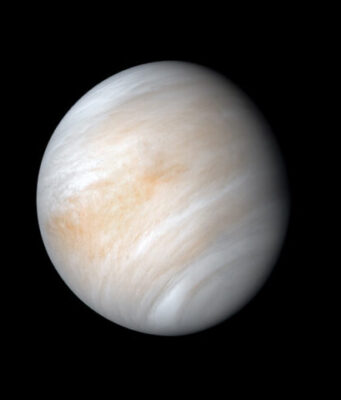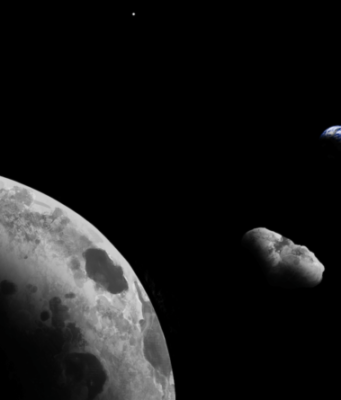An image, taken by MESSENGER during its Mercury flyby on Jan. 14, 2008, of Mercury’s full crescent. Image: NASA/Johns Hopkins University Applied Physics Laboratory/Carnegie Institution of Washington
Around 4.6 billion years ago, the universe was a chaos of collapsing gas...
An artist's impression of a star classified as a "brown dwarf." Credit: R. Hurt/NASA
Astronomers have detected what may be the most-rapidly-rotating, ultra-cool, brown-dwarf star ever seen. The super-fast rotation period was measured by using the 305-meter Arecibo radio telescope...
Hydrogen is the most-abundant element in the universe. It's also the simplest--sporting only a single electron in each atom. But that simplicity is deceptive, because there is still so much we have to learn about hydrogen.
One of the biggest...
This new Hubble Space Telescope image confirms the presence of a dark vortex in the atmosphere of Neptune. The full visible-light image at left shows that the dark feature resides near and below a patch of bright clouds in...
This artist's impression shows stars orbiting the supermassive black hole at the center of the Milky Way. In 2018 one of these stars, S2, will pass very close to the black hole and this event will be the best...
This low-angle self-portrait of NASA's Curiosity Mars rover shows the vehicle at the site from which it reached down to drill into a rock target called "Buckskin." Bright powder from that July 30, 2015, drilling is visible in the...
A new study published in Nature presents one of the most complete models of matter in the universe and predicts hundreds of massive black hole mergers each year observable with the second generation of gravitational wave detectors.
The model anticipated...
In this artist's rendering, a thick accretion disk has formed around a supermassive black hole following the tidal disruption of a star that wandered too close. Stellar debris has fallen toward the black hole and collected into a thick...
This X-ray image shows extended emission around a source known as Swift J1834.9-0846, a rare ultra-magnetic neutron star called a magnetar. The glow arises from a cloud of fast-moving particles produced by the neutron star and corralled around it....
Image showing the thickness of Enceladus's ice shell, which reaches 35 kilometers in the cratered equatorial regions (shown in yellow) and less than 5 kilometers in the active south polar region (shown in blue). Credit: © LPG-CNRS-U. Nantes/U. Charles,...
The youngest known hot Jupiter, detected around the star in formation V830 Tau, travels through the star's magnetic web (white and blue lines), making it hard to detect such planets. Credit: Jean-François Donati/CNRS
For the past 20 years, exoplanets known...



